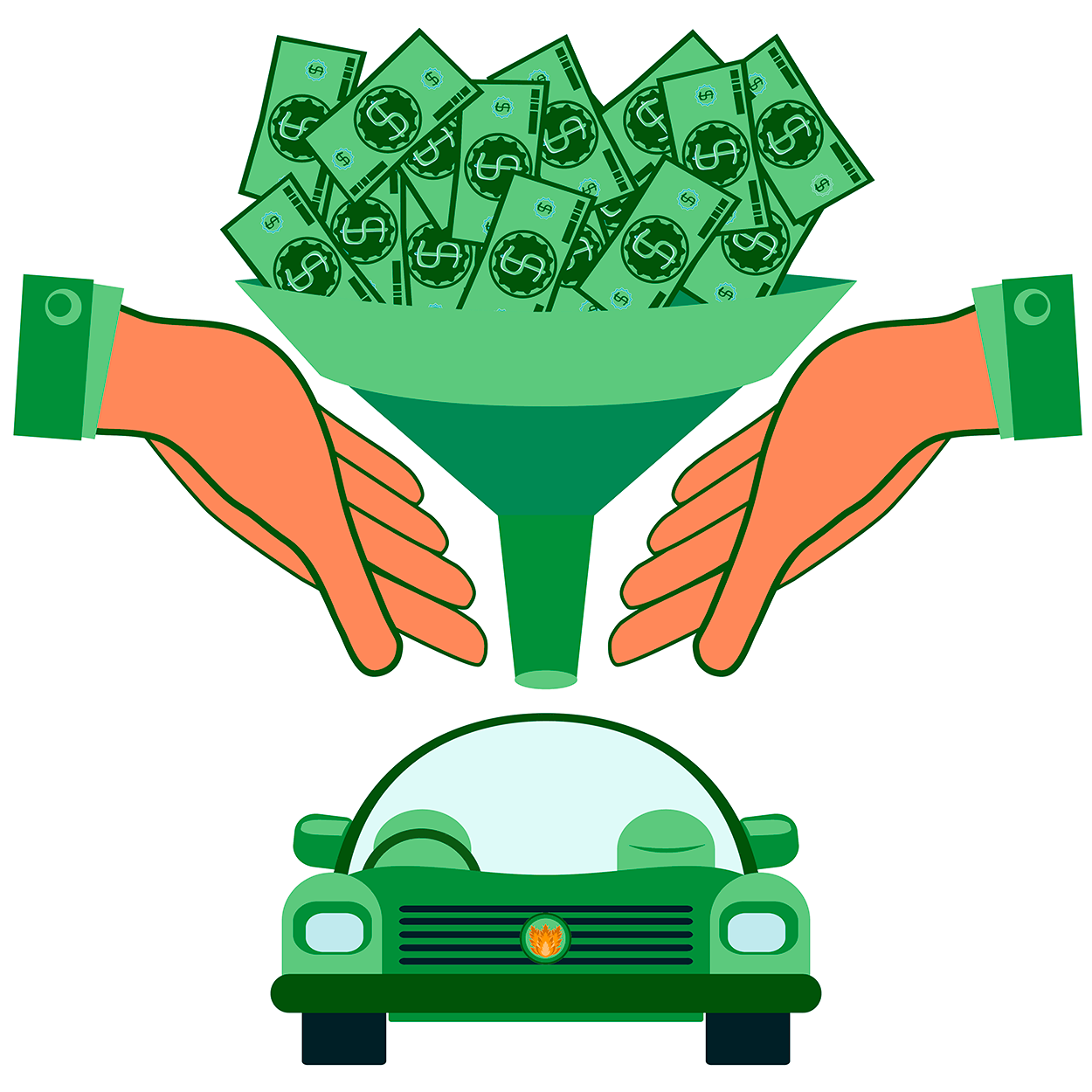When buying a car most people fail to consider ALL of the expenses that will be generated by their purchase. And because nearly all car buying scenarios come with different variables (depreciation rates, interest rates, purchase prices, insurance costs, mpg ratings, etc.), it becomes extremely difficult to compare one buying scenario with another...until now that is. This calculator will not only help you to forecast the REAL COST of buying and owning a car, but it will also help you to more accurately compare the real cost of one car buying scenario with the real cost of a second car buying scenario.
Shortcut: Fill in all the blanks in the Scenario #1 column and then click on "Copy A to B." This will automatically copy Scenario A values into the Scenario B column.
Current Fairfield Auto Loan Rates
We publish current Fairfield auto loan rates for new & used vehicles. Car buyers can use these quotes to estimate competitive loan rates before dealing with an auto dealership in a negotation where the dealer has the upper hand and charges too high of an interest rate or tries to require unneeded extended warrany programs as a condition for extending funding.
The True Costs of Ownership

Automobiles and other vehicles represent some of the most costly consumer items bought, so important considerations drive automotive spending decisions. Frugal drivers hedge ongoing vehicle expenses by purchasing cars they can afford to buy with cash on hand. Most often though, additional financing is required to pay purchase prices.
Late model vehicles cost tens-of-thousands of dollars, so various funding methods serve car-buyers. Conventional car loans are utilized to cover the principal value of new vehicles, as well as some of the additional fees and charges associated with car purchases. But staying on the road costs more than a vehicle's purchase price. In order to budget correctly, consumers must consider several other ancillary costs associated with driving.
Financing Expenses
Principal represents the primary entry into your personal vehicle affordability index, providing a s starting point for analyzing your total vehicle ownership costs. The initial sum attached to your loan is broken down into repayment obligations stretching over years. Payments are divided into manageable chunks, each coming due at pre-arranged intervals.
Installment payback allows car loan borrowers to extend payments for years, spread out over an amortized repayment schedule reflecting the terms of each loan. Monthly payment options are most common, but loans can also be paid off in accelerated fashion by making bi-weekly payments, which satisfy loan commitments faster and require less interest to be paid over the course of a loan.
The principal balance of your car loan does not include your down payment, which is skimmed off the top of your total loan responsibility. As you make calculation about future payment levels and remaining balance owed, be sure to account for the credit created by your initial down payment. Trade-ins also offset the original loan principal balance of your car financing, so it is important to account for trade-in allowance offered by car dealers.
Interest is the other big player influencing how much you'll eventually pay to satisfy your vehicle installment loan. Rates are expressed as APR, or annual percentage rate, providing the basis for calculations determining your periodic payments. Car financing interest rates are low, with occasional offers bringing the cost of financing all the way down to 0%. One way car-buyers save money on purchases is to track rates for the best deals, jumping in to the car market when conditions are most favorable.
Additional Costs of Vehicle Ownership
In addition to the costs associated with money borrowed to buy vehicles, drivers are responsible for a variety of other expenses, keeping them on the road.
Extended warranties, for example, are offered by dealers to cover repair costs and other unanticipated expenses. Choosing this coverage adds to total cost of your car, so it must be included with vehicle calculator entries, in order to accurately determine your cost of driving.
Insurance is another expense attached to vehicle ownership, required by law in most jurisdictions. Annual premiums are divided by twelve to establish monthly commitment levels. License and registration fees are relatively minor, compared to other vehicle expenses, but must still be considered when budgeting and evaluating car costs. Vehicle ownership calculator harnesses these and other variables, providing accurate guidance for your vehicle spending decisions.
 Automobile Total Ownership Cost
Automobile Total Ownership Cost